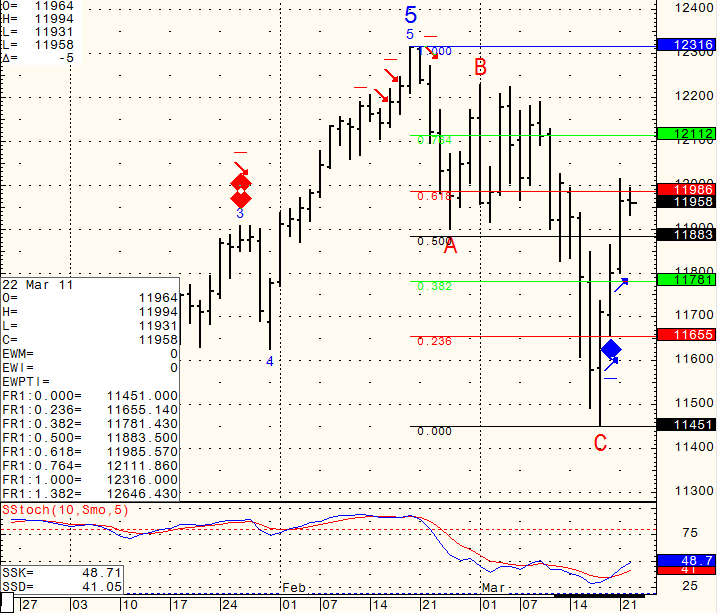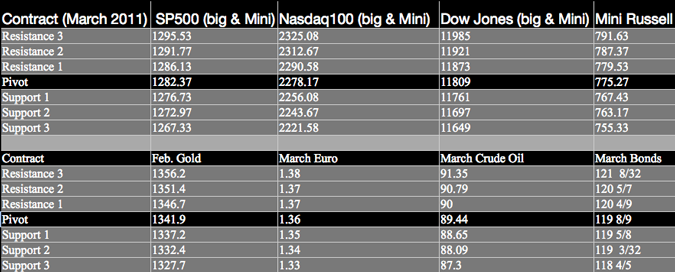
Trading Futures – Risk Management & Trading Psychology
By John Thorpe, Senior Broker
|
||||||||||||||||||||||||||||||||||||||||||||||||||||||||||||||||||||
|
||||||||||||||||||||||||||||||||||||||||||||||||||||||||||||||||||||
|

|
||||||||||||||||||||||||||||||||||||||||||||||||||||||||||||||||||||
|
||||||||||||||||||||||||||||||||||||||||||||||||||||||||||||||||||||
|
Dear Traders,
Trading Futures, Options on Futures, and retail off-exchange foreign currency transactions involves substantial risk of loss and is not suitable for all investors. You should carefully consider whether trading is suitable for you in light of your circumstances, knowledge, and financial resources. You may lose all or more of your initial investment. Opinions, market data, and recommendations are subject to change at any time when it comes to Futures Trading.
10-11.2021



This is not a solicitation of any order to buy or sell, but a current market view provided by Cannon Trading Inc. Any statement of facts here in contained are derived from sources believed to be reliable, but are not guaranteed as to accuracy, nor they purport to be complete. No responsibility is assumed with respect to any such statement or with respect to any expression of opinion herein contained. Readers are urged to exercise their own judgement in trading
Connect with Us! Use Our Futures Trading Levels and Economic Reports RSS Feed.
![]()
![]()
![]()
![]()
![]()
![]()
1. Market Commentary
2. Futures Support and Resistance Levels – S&P, Nasdaq, Dow Jones, Russell 2000, Dollar Index
3. Commodities Support and Resistance Levels – Gold, Euro, Crude Oil, T-Bonds
4. Commodities Support and Resistance Levels – Corn, Wheat, Beans, Silver
5. Futures Economic Reports for Thursday May 14, 2015
Hello Traders,
For 2015 I would like to wish all of you discipline and patience in your trading!
Hello Traders,
Today I must share an observation that may help many of you.
So many times as a broker I see clients who know how to make money…I see it in the daily statements, good winning %, consistent profits UNTIL….something happens. Either the client who is normally a day-trader decides to carry his/hers losing position and make it into a swing trade…..OR the trader is down and refuses to accept the fact it may be a losing day and decides to double down and get more aggressive because if this trade is a winner he will have another winning day….the examples go on and no I am not referring to anyone specific although many of you probably think I am talking about them.
Continue reading “Trading Psychology from a Futures Broker 5.14.2015”
Cannon Trading / E-Futures.com
Below is a daily chart of the mini SP 500 for your review.

Also few “Mental pointers” as refreshers. These pointers are taken from a 23 page guide I recently finished which serves as a guide to the daily chart service I offer:
Quick Pointers on the Vast Subject of Trading Psychology
Trading is SO MUCH MENTAL, once you have a concept you believe in, have confidence in it. After that there is a lot of psychological work….
Some examples:
Being a hard worker and keeping a journal after certain trading days can only be beneficial for yourself. Being a hard worker, putting in the time and effort to learn new approaches and set ups before deciding if it’s worthy or not.
To get this 23 page guide along with a free trial to my daily chart service where I share set ups for mini SP500, Crude oil and Euro currency please visit our website. Continue reading “Futures Trading Levels, Trading Psychology”
As we mentioned in the previous article, first stage is usually the one where a newer trader doesn’t acknowledge the role of psyhcology in his trading. It happens out of ignorance or arrogance.
In a former case (ignorance) it’s simply lack of knowledge and mistaken notion that one can trade succeffully if given “right” system or indicator ot tip or whatever causes one to enter and exit his/her positions. It usually takes a while before a trader starts seeing how his mindset influences his trading and how his personal traits shine through his trading decisions. It comes as a surprize realization that different traders will get different results while trying to apply the same system. It is counter-intuitive, isn’t it?
In a latter case (arrogance), a trader shows some kind of denial – it’s “not me” attitude, thinking that goes along the lines “maybe it’s a problem for some but I am in control of myself,” “this stuff is for weak-minded” etc. Needless to say, it’s rarely the case… and even more importantly, it’s not so much about weak vs. strong mind as it is about influence one’s personality has over one’s trading.
In any case, the important thing at this stage is to come to appreciate this aspect of trading. It happens when one sees how much truth there is in saying “everyone gets what they want out of market” (Ed Seykota I think?) Again, seems counter-intuitive, right? After all, don’t we all want to succeed, to make winning trades, to make money? Sure… but it’s not about what our conscious mind wants, it’s about what our inner core dictates, and that is not always easy to realize and control.*
Simple example to illustrate the idea: do you know people who repeat certain behavior patterns harmful to themselves? Getting themselves into relationships with the types that make them miserable, over and over again? Repeating the same mistakes in their interaction with others, obviously not learning from the past? I bet you do (although you personally never act like this, right?) So, why do we do it even though we see (or could see if we looked) that these behavioral patterns hurt us? Because those patterns are not just some easy to break habits; rather they are a part of our personality, of who we are, and it takes much more than simple decision not to do that anymore to change our ways. Pretty much the same thing happens in trading – we know what not to do yet we continue doing it.
As soon as one realizes all this, the first stage is completed. The role of psychology in trading is acknowledged, denial is over – and this forms the foundation for a change.
*My favorite example of this phenomenon is the Russian movie Stalker. The plot line briefly: there is a certain machine granting wishes (stalkers in the movie are the people who take clients to it through the many dangerous traps). The machine grants wishes alright but there is catch: it’s not a wish that you stand in front of the machine and announce that will be granted… it’s a wish that constitutes your essence, your core, your deep desire – and it’s not necessary the one you realize and announce to yourself and to the world. Pretty much what happens in trading and pretty much what the author of that saying (everyone gets what they want in trading) meant.
Vadym Graifer is an author of the unique A Taoist Trader course devoted to trading philosophy and psychology
To read the rest of the articles in this series go to: http://www.traderplanet.com/profile/RealityTrader
GOOD TRADING!
TRADING LEVELS!

Economics Report Source: http://www.forexfactory.com/calendar.php
Treasury Currency Report
Tentative USD
HPI m/m
9:00am USD
CB Consumer Confidence
10:00am USD
HPI m/m
10:00am USD
Richmond Manufacturing Index
10:00am USD
This is not a solicitation of any order to buy or sell, but a current market view provided by Cannon Trading Company, Inc. Any statement of facts herein contained are derived from sources believed to be reliable, but are not guaranteed as to accuracy, nor they purport to be complete. No responsibility is assumed with respect to any such statement or with respect to any expression of opinion herein contained. Readers are urged to exercise their own judgment in trading!